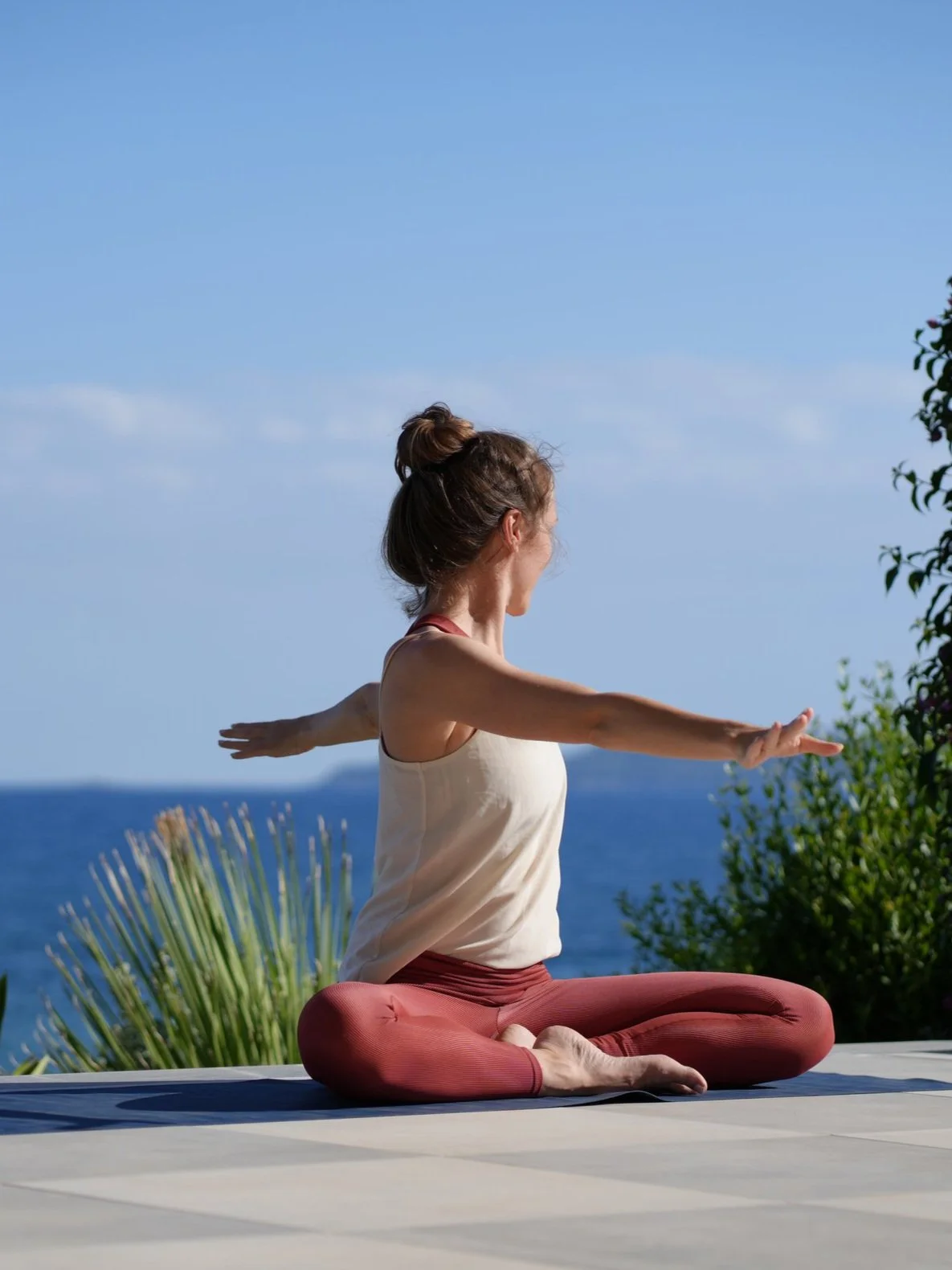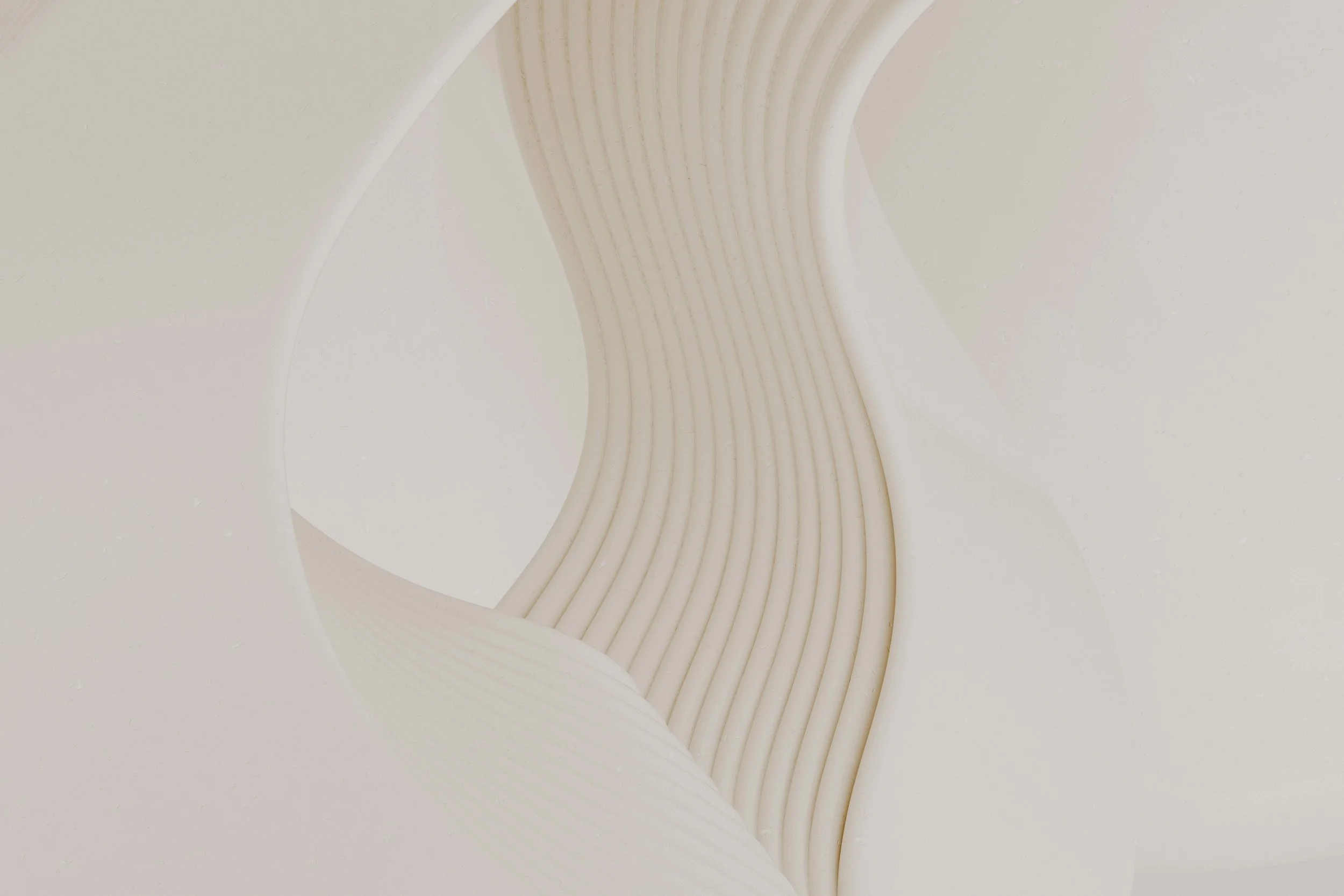
Movement Practices
Slow, intuitive movement to ground the mind and awaken the body.
A Practice of Presence.
Movement is one of the most direct ways to return to presence. At kaimae, our practices are less about performance — and more about a gateway to calm, clarity, and connection.
Whether you're moving through a mindful yoga flow or learning a repeated choreographed sequence that deepens over time, each class is designed to help you shift from thinking into feeling.
How We Move
Slow Yoga: Slow, breath-led sequences that focus on nervous system regulation, joint mobility, and inner awareness. Perfect for beginners and longtime practitioners alike.
Intuitive Movement: A guided yet open format where movement arises from sensation, rhythm, and curiosity — helping you listen to your body’s impulses in real time.
Coming in 2026 - Monthly Sequence Flow: A choreographed movement sequence practiced weekly throughout the month. Repetition fosters safety and embodiment, allowing your body to lead while the mind softens.

“There’s something about the way Maaike guides movement — it’s gentle, precise, and deeply intuitive.”
— Eva, Germany
Why It Works
When we move slowly and with intention, something profound happens within our nervous system. This deliberate approach naturally activates the parasympathetic nervous system, our body's built-in mechanism for rest, restoration, and healing. As we settle into this calmer state, stress levels decrease, emotional regulation improves, and we develop deeper interoceptive awareness, which is our ability to sense and understand what's happening inside our body from moment to moment.
Research in somatic movement and mindful yoga practices reveals how intentional movement enhances the vital communication between brain and body. These practices help release accumulated tension while building our capacity for long-term resilience. When we move with awareness, we're actively rewiring our nervous system's responses to life's challenges.
The beauty of repetitive, rhythmic movement sequences lies in their ability to support neuroplasticity, our brain's remarkable capacity to form new neural pathways throughout our lives. These flowing patterns cultivate embodied presence, a state where we feel fully grounded in our physical experience while maintaining mental clarity.
With consistent practice, slow and intentional movement becomes a pathway from scattered energy into grounded awareness, creating a bridge between the wisdom of our bodies and the clarity of our minds.
Sources:
[1] Payne, P., Levine, P. A., & Crane-Godreau, M. A. (2015). Somatic experiencing: Using interoception and proprioception as core elements of trauma therapy. Frontiers in Psychology, 6, 93.
[2] Emerson, D. (2015). Trauma-Sensitive Yoga in Therapy. Norton.
[3] Van der Kolk, B. (2014). The Body Keeps the Score. Penguin Books.
“Movement is a medicine for creating change in a person’s physical, emotional, and mental states.”
— Carol Welch

